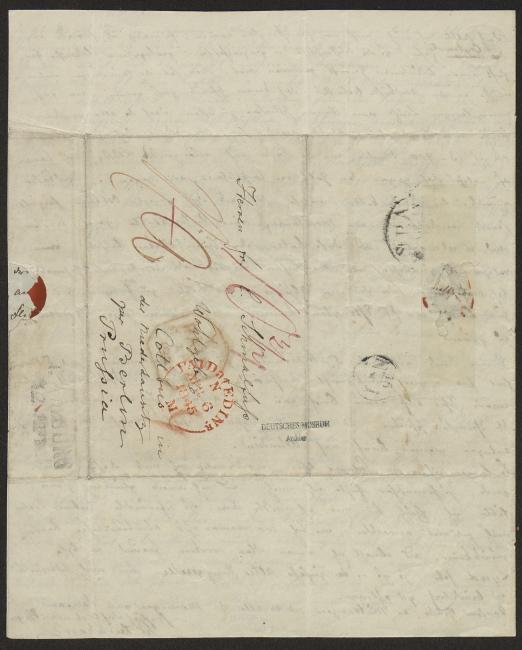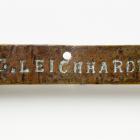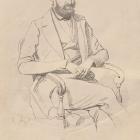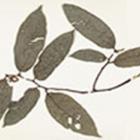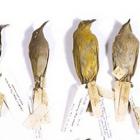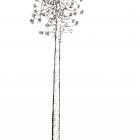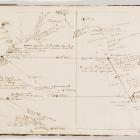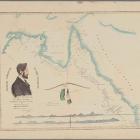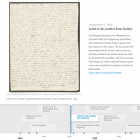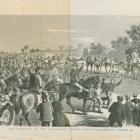Letter to his brother-in-law, Friedrich August Schmalfuß, Cambell's Station, Darling Downs (3 September 1844)
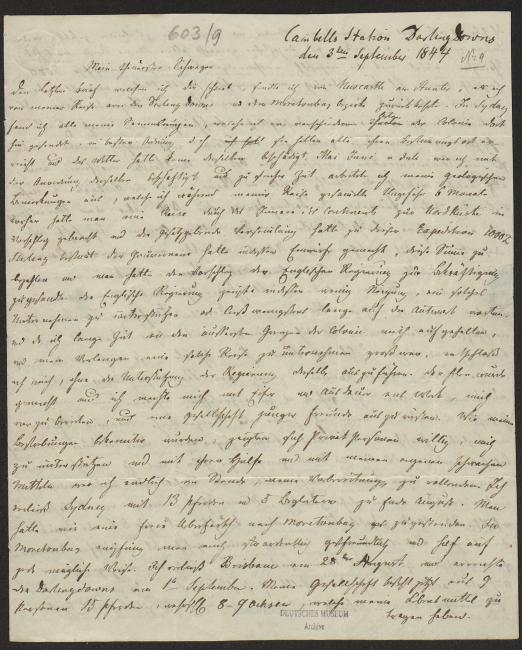
Cambell’s Station, Darling Downs, 3 September 1844
My dearest brother-in-law,
I sent the last letter that I wrote to you from Newcastle on the Hunter, after I had returned from my journey to the Darling Downs and the Moreton Bay District. In Sydney I found all of my collections, which I had sent there from different places in the colony, in the best of order; that is, they had all reached their destination and none of them had suffered any weather damage. In May, June, and July I kept busy with classifying them and at the same time wrote up the geological notes that I had amassed during my travels. Approximately 6 months ago an expedition through the continent’s interior to the north coast had been proposed and the governing assembly had allocated £1000 sterling for this expedition. However, the governor had objected to paying this sum, and the proposal was sent to the English government for sanction. The English government, meanwhile, showed little inclination for supporting such a venture, or at the very least waited a long time to reply. Because I had spent a long time at the outer edges of the colony and because my desire to undertake such an expedition was great I decided to carry it out without government support. The plan was made and with eagerness and persistence I began to prepare myself and to outfit a party of young friends. As my efforts became more widely known, private individuals signaled their willingness to support me and I was finally able to finish my preparations with their help on top of my own meager resources. I left Sydney with 13 horses and 5 companions toward the end of August. I was granted free passage to Moreton Bay. In Moreton Bay I received a very hospitable welcome and assistance of every conceivable kind. I left Brisbane on 28 August and reached the Darling Downs on 1 September. My party now consists of 9 people, 15 horses, and perhaps 8–9 bullocks, which are to carry my provisions. So far I have had to suffer unfavorable winds and persistent rain,
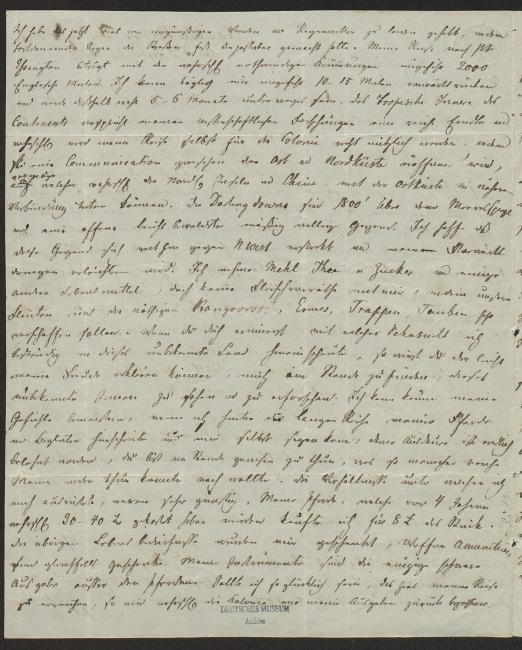
making the streets almost impassable. My journey to Port Essington, including likely deviations from the route, adds up to about 2000 English miles. I can cover only about 10–15 miles each day, and therefore I will most likely spend 5–6 months en route. The continent’s tropical interior promises a rich yield for my scientific inquiries, and my expedition will probably even be of use to the colony, since it will open up communication between the east and north coast, which will likely enable the northern islands and China to forge closer connections with the east coast. The Darling Downs are 1800’ above sea level and an open, lightly wooded, moderately hilly region. I hope that this region extends far in a north-westerly direction and will allow me to progress more easily. I carry with me flour, tea, sugar and a few other foodstuffs but no meat provisions, since our shotguns are supposed to provide us with as many kangaroos, emus, bustards, pigeons, etc., as are necessary. — If you remember the longing with which I constantly yearned for this unknown land, then you will easily comprehend the joy which I feel at being able to see and to explore its unknown interior. I can hardly contain myself as I walk behind the long row formed by my horses and companions, and am able to tell myself: your persistence has finally been rewarded; you were able to do what many a wealthy man neither was able nor wanted to do. I provisioned myself under very favorable circumstances. I bought my horses, which 4 years ago probably would have cost £30–40, for £8 apiece. The remaining necessities of life were gifted to me. The weapons and ammunition were likewise presents. My instruments are the only serious expenditure aside from the horses. The colony will most likely repay my investments should I be so fortunate as to reach my expedition’s destination.
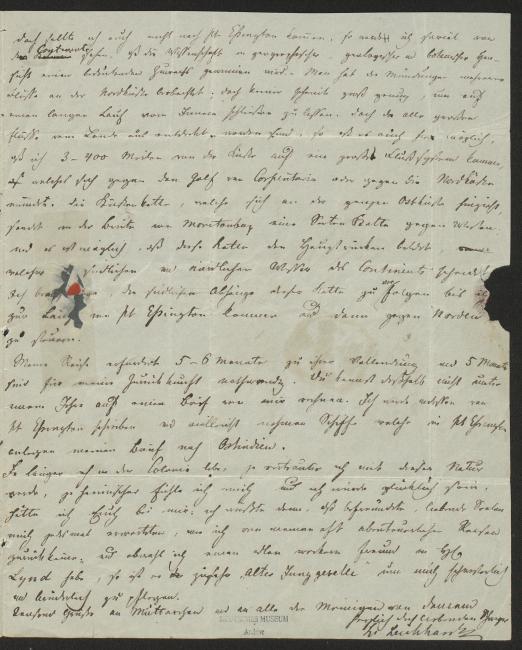
Yet even if I should not arrive at Port Essington, I will see so much of the continent that science will benefit greatly in the fields of geography, geology, and botany. — The mouths of several rivers have been spotted on the north coast; yet none of them seem large enough to conclude that they flow from far within the interior. Yet since all the large rivers were discovered inland, it is possible that here, too, I may happen upon a large river system, 3–400 miles away from the coast which flows into the Gulf of Carpentaria or toward the north coast. At the latitude of Moreton Bay, the side arm of the coastal range which runs along the entire east coast extends toward the west, and it is possible that this range constitutes the main ridge that separates the southern from the northern waters of the continent. I plan to follow along the southern slopes of this range until I reach the longitude of Port Essington and will then turn northward.
My journey will require 5–6 months to complete, and 5 months are necessary for my return. You can therefore not count on a letter from me in less than a year. However, I will write from Port Essington, and perhaps ships that anchor in Port Essington will take my letter to the East Indies.
The longer I live in the colony, the more familiar I become with this natural environment, the more at home do I feel and I would be a happy man if I had you by my side. I would then be certain that friendly, loving souls were awaiting me every time I returned from my often hazardous travels, and although I have found a noble, valiant friend in Mister Lynd, he is too much of an “old bachelor” to tend to me in a sisterly or brotherly manner.
A thousand greetings to dear mother and all my loved ones
Most affectionately,
your loving brother-in-law
L. Leichhardt
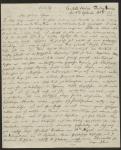
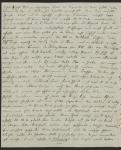
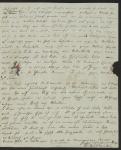

Used by permission of the Deutsches Museum, Munich, Archives, HS 603/9.
English translation by Nadine Zimmerli.


